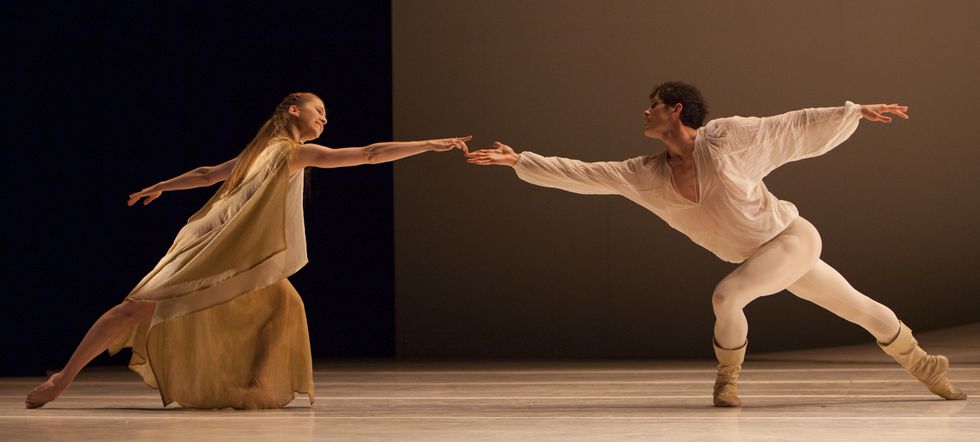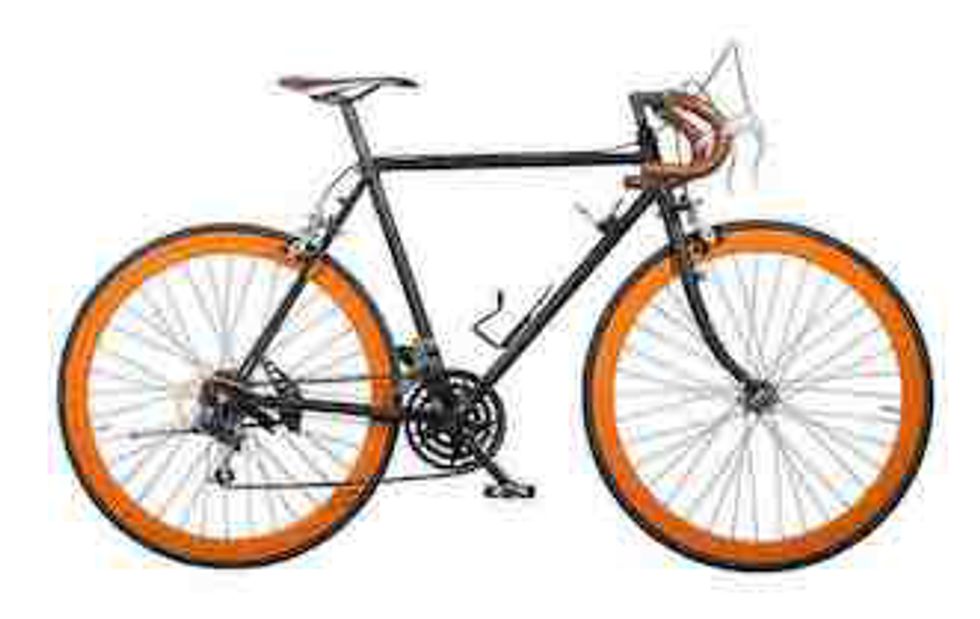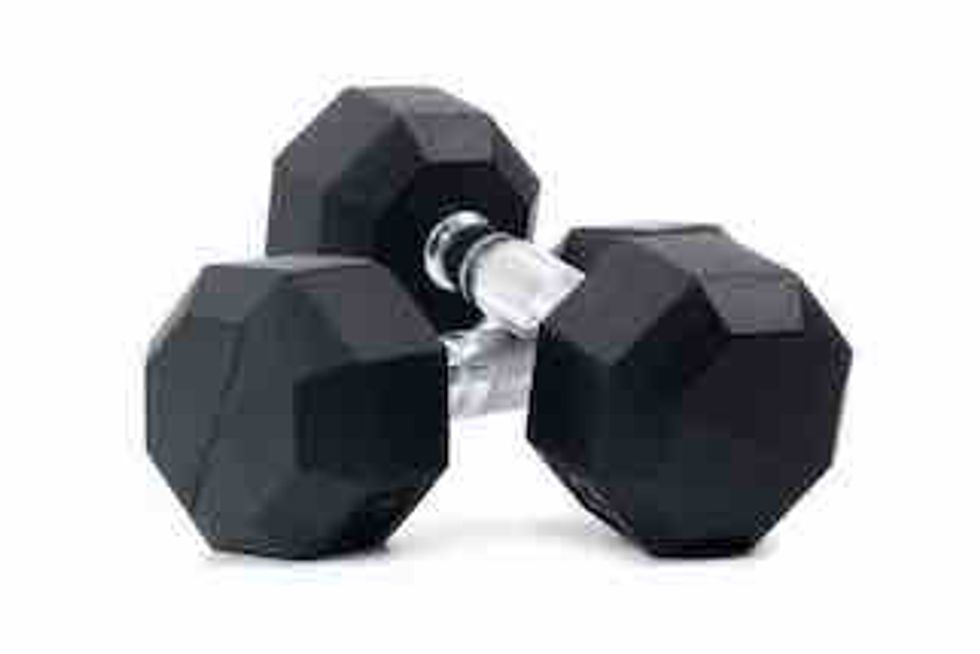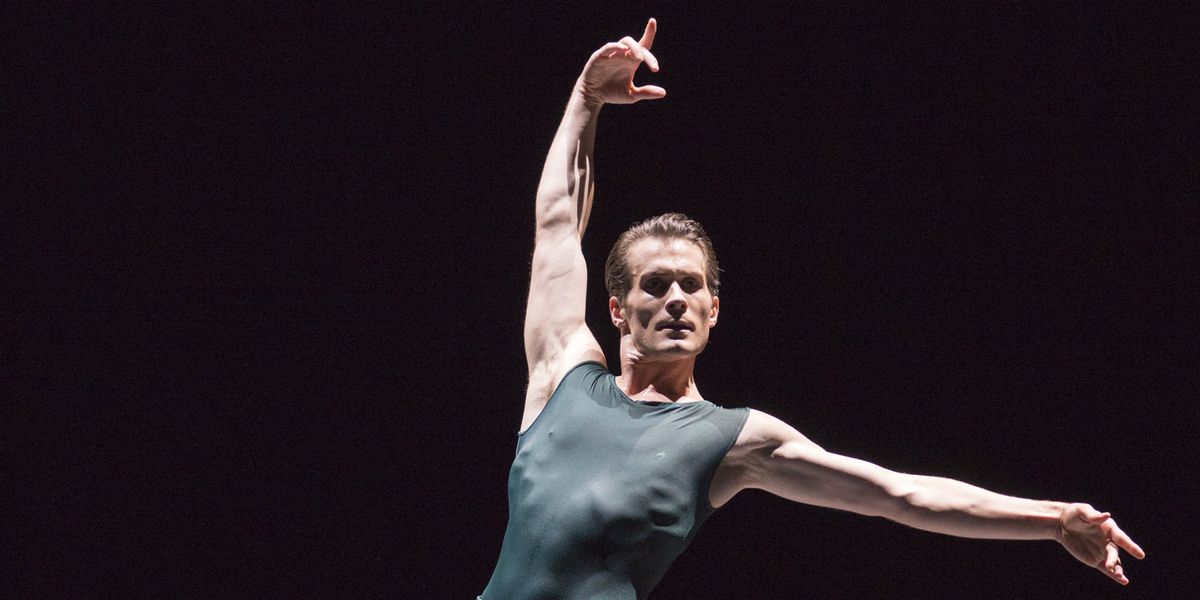Work Out Like a Dancer: Seth Orza's Body-Transforming Routine
Somewhere between Pacific Northwest Ballet’s fall 2015 production of Kiyon Gaine’s Sum Stravinsky and its winter 2016 Romeo et Juliette, Seth Orza completely changed his look: from a strong, commanding presence to a lanky, impetuous boy.
“For Romeo, I wanted to seem more youthful,” says Orza. “I’m 6 feet, and I wanted to lose about 10 pounds.”

Romeo et Juiliette. Photo by Angela Sterling, courtesy PNB.
To change both his physique and his stamina, Orza decided to step up his regular conditioning routine. This meant running and working out longer and with more intensity. “You have to keep your goal in mind,” says Orza, “but achieve it the healthiest way you can: through diet and conditioning rather than drugs and food restriction. Otherwise, you get injured.”
The 35-year-old principal power-trained for six months, performing 30 to 45 minutes of cardio five days a week and strength-training about three times a week. “Being a father of a 4-year-old and having a heavy dance schedule makes it a lot harder to stay consistent,” admits Orza. “But you figure it out.”
The key to Orza’s success is working out with a dancer’s perspective. “Treat your body like an instrument, with respect,” he says. “If you go a faster route, you set yourself up for injuries. But dancer shape is different than gym shape.”
Here’s Orza’s Routine:
For stamina:

Biking, running or using the elliptical 30–45 minutes, 5 days a week.
For strength:
• Pull-ups (with palms facing forward and then back)
• Incline push-ups (standard push-up but with legs on a raised surface)
• Sit-ups (with head and neck in a relaxed position, arms crossed)
• Planks (with one foot or arm off the floor; plus side planks)
For power:

Squats (with 20–30 lb. weights or a heavier barbell) with special attention to proper form in engaging his hamstrings and gluteal muscles.
For proprioception:
Orza regularly practiced this exercise to improve his body awareness in space and strengthen muscles he doesn’t usually hit when dancing.
1. Lift one leg to the side.
2. Tap it to the floor, leaning into it.
3. Bounce back to a balanced position.
Repeat multiple times on both sides.




